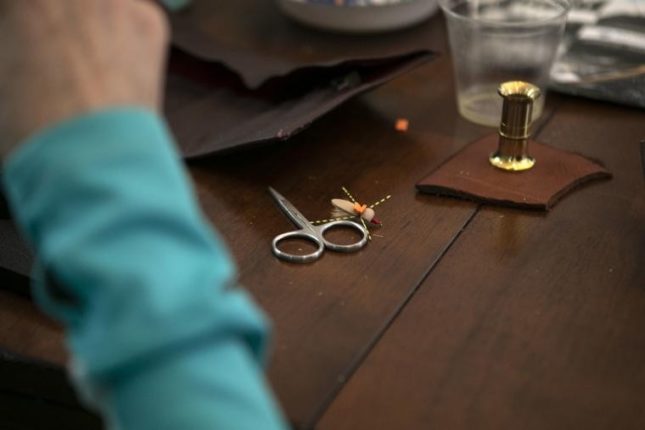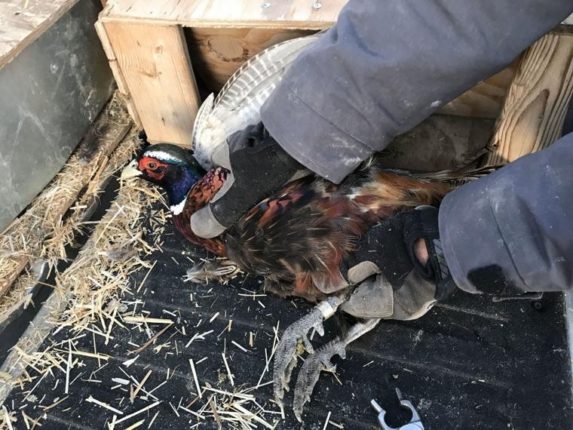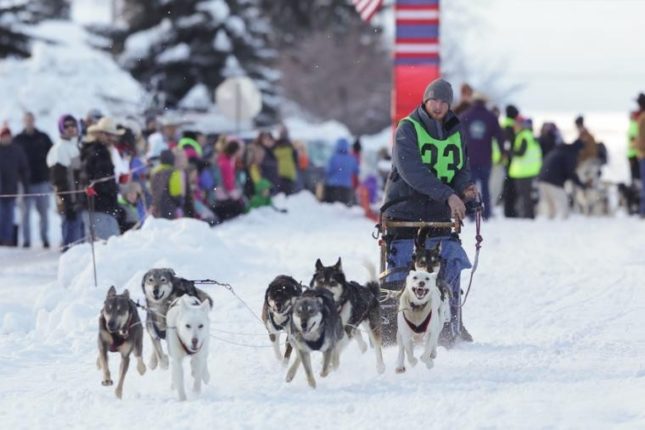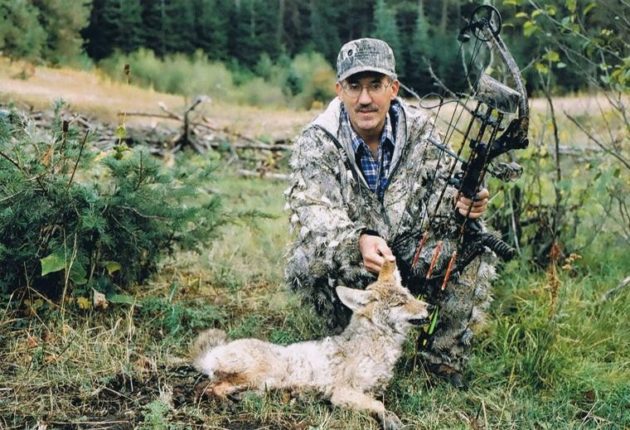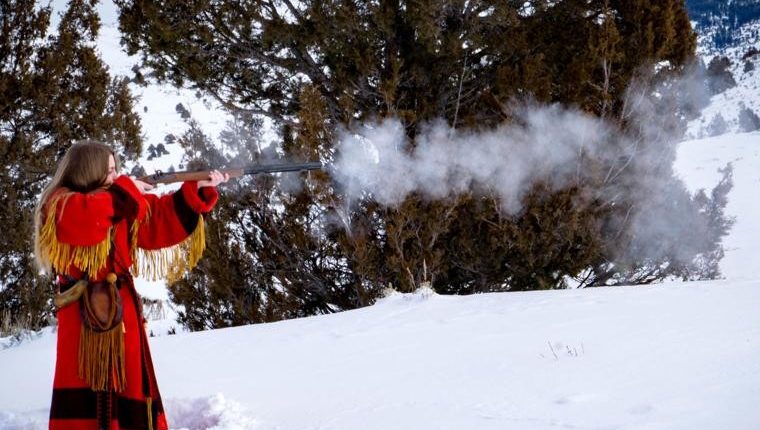BOZEMAN, Montana — A small group of women gathered around Patty Gnuse at her kitchen table recently, watching intently as she pulled thread through a fly-tying bobbin.
“See, then just zip it through,” Gnuse said.
The women returned to their stations where a variety of tools and materials were laid out and followed Gnuse’s instructions. They were tying Pink Pookies, a dry fly that resembles a grasshopper.
It was all part of a fly-tying clinic organized by local group MT Fly Gals. The clinic was open to anyone interested, and the group consisted of all ages and experience levels.
Gnuse has been tying flies for about 15 years and teaches a workshop at the Fly Fishers International expo each year. She told the group that tying flies at home isn’t always cheaper than buying them in a store.
“If you catch the bug like I did, you’re always going to be wanting to try something different,” Gnuse said.
Sandra Erickson started MT Fly Gals two years ago when she moved to Bozeman. She had been part of a similar group in Colorado.
“I learned how to fly fish in that group and I ended up building a huge group of friends,” Erickson said.
Erickson said around 70 women showed up to first meeting. Since then, the MT Fly Gals private Facebook group has grown to more than 550 members. They periodically plan fishing trips, camping trips and workshops like Saturday’s fly-tying clinic.
Erickson said the women are encouraging and share their knowledge. Sometimes they’re competitive, but in a fun way.
“It’s a social event as much as it is about fishing,” Erickson said.
That was certainly true Saturday.
The women listened to instructions and focused on the intricate craft at hand. They chatted happily in between. Some of the women had been a part of MT Fly Gals since it was started. For others, it was their first event.
Grace Phillips, 22, moved to Bozeman in September. She came to the workshop for both the social aspect and to learn how to tie flies, although she’s skilled at fly-fishing and plans to guide out of Livingston this summer.
Deb Gay and Heidi Palmer sat across from one another and talked about how much they enjoyed being in an all-women group. They agreed that it’s a completely different experience than when they’ve gone fishing with men.
Gay said women tend to be more patient and don’t underestimate each other’s abilities.
Palmer said it’s important that MT Fly Gals introduces women to fishing partners so they don’t have to go alone. Palmer showed the others a scar stretching from her wrist to her elbow she got when she fell while fishing by herself. Luckily, she was able to call for help.
Stories like that flowed easily among the small group as they assembled their hoppers. They trimmed the foam and attached elk hair and completed the fly with a whip finish, which Gnuse said takes the most practice.
Some flies looked more symmetrical than others. But Gay, who’s been tying flies for three years, told the group to forget appearance — the fish will bite.
“There’s nothing quite like catching that first fish with a fly you’ve tied,” Gay said.
